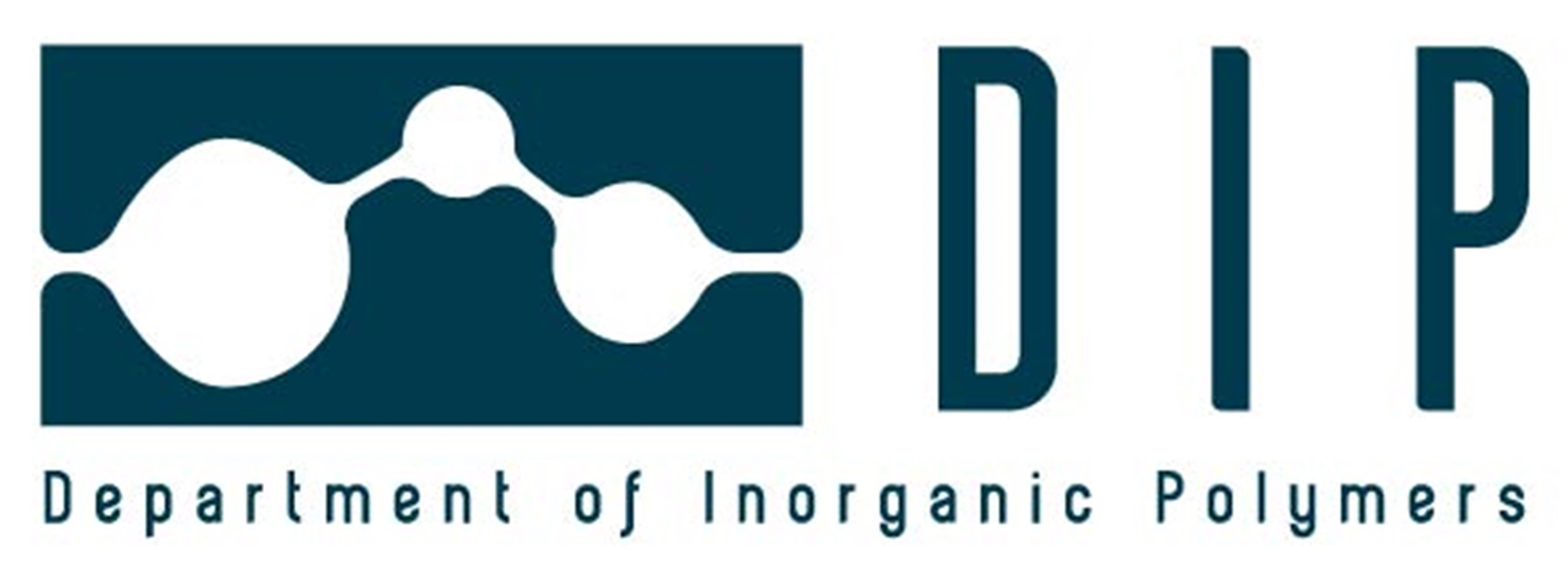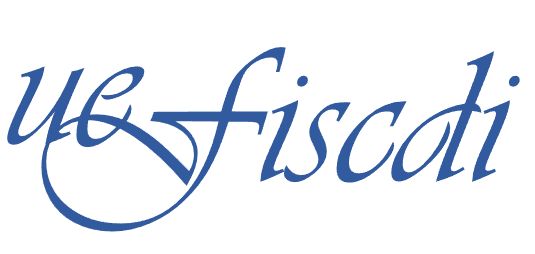Objectives
The project aims to explore and develop procedures for obtaining a new class of original 2D materials, namely two-dimensional coordination networks (2D MON), through the presence in their structure of dimethylsiloxane motifs that do not allow the development of intermolecular interactions. The thin sheets obtained, either directly by synthesis under appropriate conditions, or by subsequent delamination, will be characterized structurally and in terms of properties. The application potential of the materials will be evaluated as such or by obtaining composites by incorporating MON nanosheets as active fillers in silicone matrices.
Specific objectives
- The design and development of a new library of suitable ligands containing the dimethylsiloxane motif as a spacer or "tail" and 2D coordination networks derived with different metal ions showing weak intermolecular interactions;
- Identification of the functional (conductivity, magnetism, optics) and behavioral (hydrophobicity, solubility, thermal transitions, etc.) performances of the newly obtained bulk 2D compounds;
- Establishing appropriate protocols for obtaining thin layers of 2D materials, their characterization and identifying the effects of material dimensionality on their properties;
- Exploring the capabilities (electrical, magnetic, optical, etc.) and the application potential of 2D materials in thin layers for sensors, active fillers for composites, etc.;
- Enlarging the team by including, in addition to experienced researchers, young master's and/or doctoral students, their training and motivation through the timeliness and relevance of the research topic and the work environment;
- Increasing the visibility of the team and the institution, as well as creating a portfolio of the team's credibility (through developed research, the number and impact of published articles or presented conferences) to be competitive in attracting funds from European and international research funding sources.

